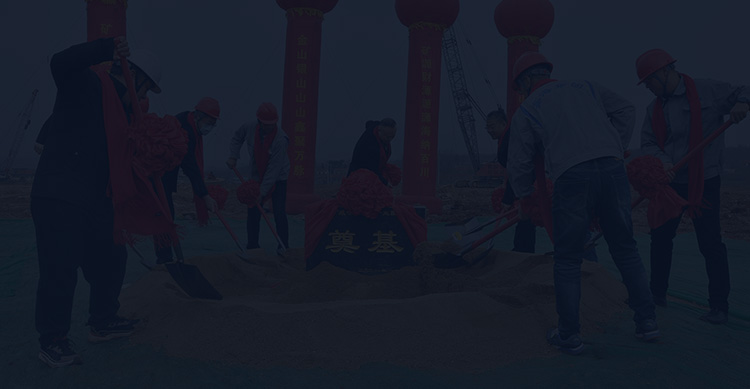
Fluorite ore has the chemical formula of CaF2. It is an important non-metallic mineral that can be widely used in chemical, metallurgical, building materials and other fields. Fluorite ore has the characteristics of low hardness, high density, strong fluorescence, etc. However, fluorite often coexists with minerals such as quartz and calcite, and the ore properties are relatively complex. In order to obtain high-grade fluorite concentrate, a reasonable and efficient beneficiation process is essential.
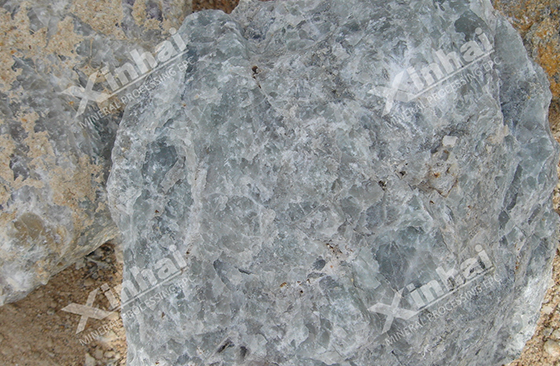
The beneficiation process of fluorite ore usually includes crushing, grinding and grading, flotation separation, roughing, scavenging and concentrating, concentration and dehydration, and tailings treatment.
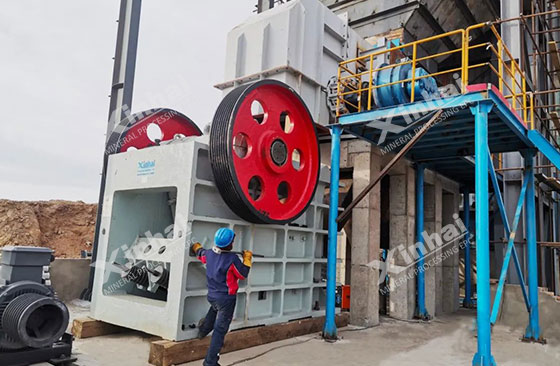
The first step of mineral processing is to crush the fluorite ore to reduce the mineral particle size, increase the mineral exposure area, and create conditions for subsequent grinding and sorting operations. Crushing operations usually include three stages: coarse crushing, medium crushing, and fine crushing. Among them, coarse crushing is the process of initially crushing the large pieces of material mined into smaller sizes. Commonly used coarse crushing equipment includes jaw crushers and gyratory crushers to complete the operation; crushing is to further process the coarsely crushed materials to reduce their particle size to a finer degree. Cone crushers or impact crushers are commonly used; and fine crushing is to perform the final refinement of the materials on the basis of the first two stages to meet the particle size requirements of specific application fields. Commonly used equipment is impact crushers and roller crushers.
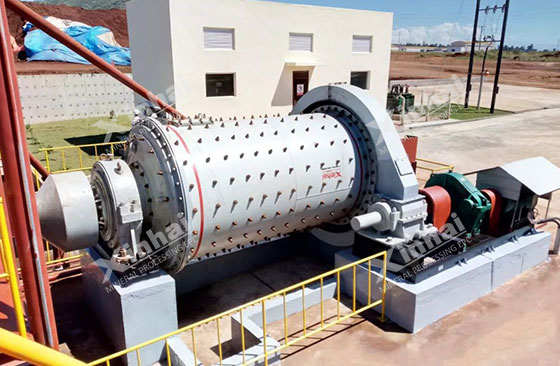
Grinding is the further processing of crushed fluorite ore to achieve a particle size suitable for sorting. Grinding operations usually use ball mills or rod mills. Grinding operations are accompanied by classification operations, where the grinding products are classified according to particle size through spiral classifiers or hydrocyclones, with coarse particles returning to the grinding circuit and fine particles entering the sorting operation.
Flotation is a key step in fluorite ore beneficiation. Through the action of flotation reagents, fluorite minerals and gangue minerals can be effectively separated. Flotation operations include the addition of adjusters, the addition of collectors, the generation of bubbles and other steps. Fluorite ore flotation usually uses anionic collectors, such as oleic acid and its derivatives.
In order to improve the grade and recovery rate of fluorite concentrate, flotation operations usually include three stages: roughing, scavenging and concentrating. Roughing is preliminary sorting, scavenging is to further recover valuable minerals in tailings, and concentrating is to improve the grade of concentrate.
Floatation is the core process of fluorite ore beneficiation. According to the difference in the physical and chemical properties of the surface of fluorite and gangue minerals, the flotation of minerals is changed by adding flotation reagents to achieve the separation of fluorite and gangue.
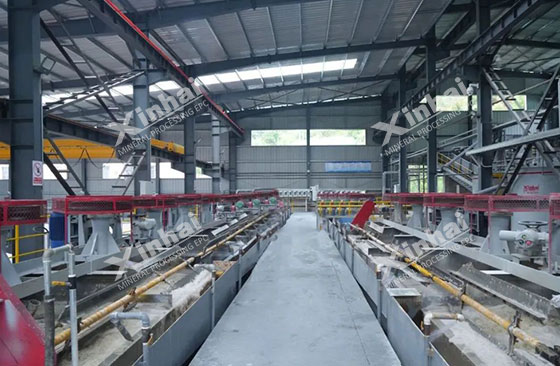
Commonly used flotation agents include collectors, depressants and frothers. Oleic acid, oxidized paraffin soap, etc. are often used as collectors for fluorite; water glass, sodium hexametaphosphate, etc. are used as depressants for gangue minerals.
Flotation is usually divided into multiple stages: roughing, concentrating and scavenging. In the roughing stage, as much fluorite minerals as possible are recovered; the concentrating stage further improves the grade of fluorite concentrate; scavenging aims to recover useful minerals in the roughing tailings and improve the recovery rate. For example, for low-grade fluorite ores, it may take multiple concentrating steps to obtain a concentrate product that meets quality requirements.
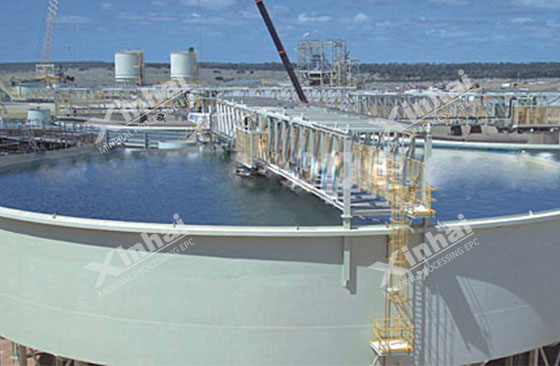
The fluorite concentrate after sorting needs to be concentrated and dehydrated to meet the needs of subsequent processes or markets. Concentrators are usually used for concentration operations, and filters or centrifuges are used for dehydration operations.
Fluorite tailings are waste generated during the beneficiation process, and their treatment methods are crucial to environmental protection. Tailings treatment usually includes tailings concentration, dehydration and stockpiling. The rational use of tailings, such as for building materials or filling materials, is also an important way to achieve comprehensive resource utilization.
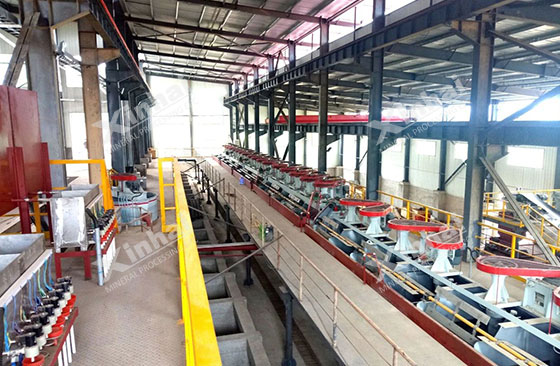
The above is the basic process of fluorite ore beneficiation. In actual beneficiation plants, due to the large number of fluorite ore types and the large number of other minerals contained, the principle processes are similar, but the process plans cannot be copied. It is recommended to conduct beneficiation tests and design the fluorite ore beneficiation process through test analysis to obtain an ideal return on investment.
To find out more about our products and solutions, please fill out the form below and one of our experts will get back to you shortly.